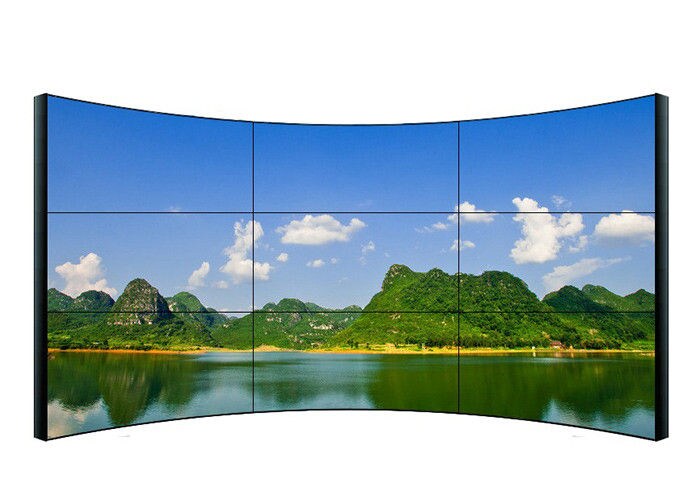In today’s digital age, businesses and organizations increasingly rely on visual communication tools to capture attention and convey their messages effectively. The marketplace offers a diverse array of digital display solutions, including LCD displays, LED displays, digital panels, smart interactive whiteboards, interactive touch display panels, and numerous other options that cater to different communication needs and environments.
Among these various display technologies, the video wall stands out as an exceptional solution due to its remarkable advantages, user-friendly features, and versatile applications. Its adaptability has enabled successful implementation across multiple sectors, from education and entertainment to corporate and retail environments. In educational settings, video walls enhance learning experiences in conference rooms, lecture halls, and academic institutions by presenting information with unprecedented clarity and impact. The entertainment industry particularly benefits from video walls during live performances, where they bridge the gap between performers and distant audience members by providing clear views of on-stage action, thereby fostering stronger audience engagement. Beyond these primary applications, video walls have become integral to various facilities including airports, hospitals, hotels, and retail establishments, where they serve multiple purposes from wayfinding to advertising and brand communication.
What are the characteristics of a video wall?
The fundamental structure of a video wall comprises multiple 500 x 500 cm² LCD or LED display panels, strategically arranged side by side to create an expansive display surface. This modular design offers remarkable flexibility, allowing for various configurations including square, rectangular, or curved formations. These sophisticated panels excel in displaying high-quality visual content, seamlessly presenting photos, videos, and animations with exceptional clarity. Modern video walls incorporate advanced touch capabilities, enabling interactive experiences where users can engage directly with the display to access additional content and information layers.
Video walls are distinguished by their superior visual performance characteristics, including exceptional brightness levels, comprehensive viewing angles, and impressive contrast ratios. These features make them particularly well-suited for large-scale outdoor installations, though the ultimate image quality and resolution depend significantly on the chosen display technology. The selection between LCD and LED technologies typically aligns with specific use cases – LCD technology proves optimal for indoor environments, while LED technology excels in outdoor applications. Both technologies deliver impressive resolution capabilities and produce vibrant, true-to-life colors that enhance the viewing experience.
A notable technical capability of video wall systems is their ability to process and display content from multiple input sources simultaneously. This functionality enables either unified content display across the entire wall surface or the concurrent presentation of different content streams in various sections. This multi-source capability proves particularly valuable in control room and command center environments, where real-time monitoring of diverse data streams is crucial. Through sophisticated video wall console systems, operators can efficiently manage and display various content sources, including security camera feeds, live broadcasts, computer applications, and data visualizations, creating comprehensive situational awareness.
In our rapidly evolving digital landscape, video walls have emerged as versatile tools that help organizations across different sectors achieve their communication objectives. Their applications continue to expand due to their inherent flexibility in design and implementation. The technology’s appealing visual characteristics, smooth content transitions, and customization capabilities have led to widespread adoption across numerous industries, integrating seamlessly into daily operations. Organizations increasingly recognize video walls as essential components of their communication infrastructure, leveraging their capabilities to enhance engagement, improve information delivery, and create immersive experiences for their audiences. The technology’s ability to adapt to specific requirements while maintaining high performance standards has established video walls as a cornerstone of modern visual communication solutions.


